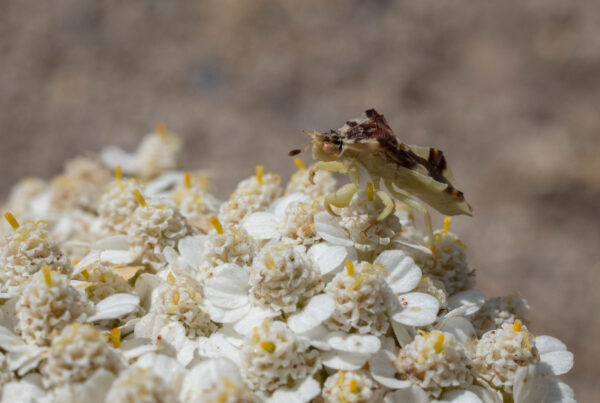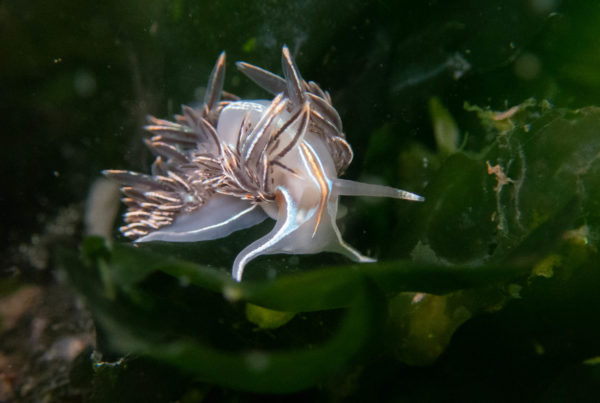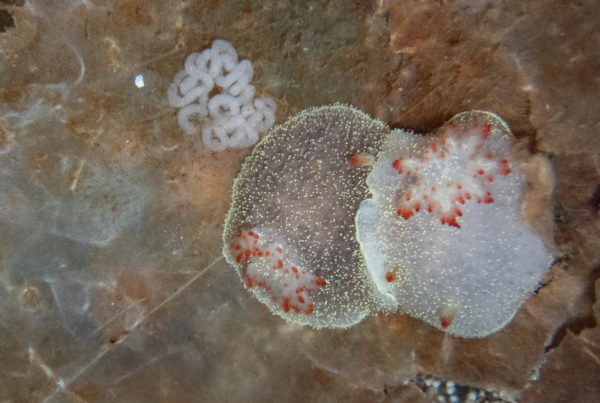Sitting on the opposite side of the mouth of the Churchill River from the Prince of Wales Fort is Cape Merry. Our Churchill Northern Studies Centre group stopped here twice and we were able to get out and explore the rocky landscape, while staying close together in case of polar bears. The short boardwalk leads up to a stone battery which overlooks Prince of Wales Fort and the water between the two landmarks were full of beluga whales. Standing at the stone wall and looking through the lower levels in the wall, I could see regular white mounds continually breaching out of the water. As I noticed earlier, at a quick glance they could be mistaken for whitecaps on the rough river, but a longer look easily revealed them to be the small, white whales. They were often accompanied, side-by-side, with smaller whales of varying shades of gray, their calves. Ducks floated out on the water, but were hard to identify. A single seal rested behind a rock, offering us the barest of looks as it lounged on the shore of the Churchill River.
Cape Merry, like many things in the area, was named after someone from the Hudson’s Bay Company, Captain John Merry. In the mid 1700s construction began on a battery to contain cannons and a powder magazine with the intention of providing defense of the Prince of Wales Fort. However, the design was not good, to put it mildly, and it took them a year to realize the design flaws of the battery. As Lorraine Brandson put it in her book Churchill Hudson Bay: A Guide to Natural and Cultural Heritage, “the Company realized that due to the orientation of the battery the capture of this location by the enemy might allow them to shoot directly at the stone fort.” In addition, the close proximity of the powder magazine could have had devastating results had gunpowder created any sparks.
Today the site contains a stone cairn, a reconstruction of the battery and a short boardwalk. The landscape of Precambrian rock and formed by glacial movement with large flat surfaces and low pools and vegetated valleys. The rocks are covered in lichens of a wide range of colors including the most obvious orange, but also black, grey and white. I studied the lichens as long as I could before having to catch up with the group. From out on the rocks we could watch the Hudson Bay side and I saw many more beluga whales out there as well.
































